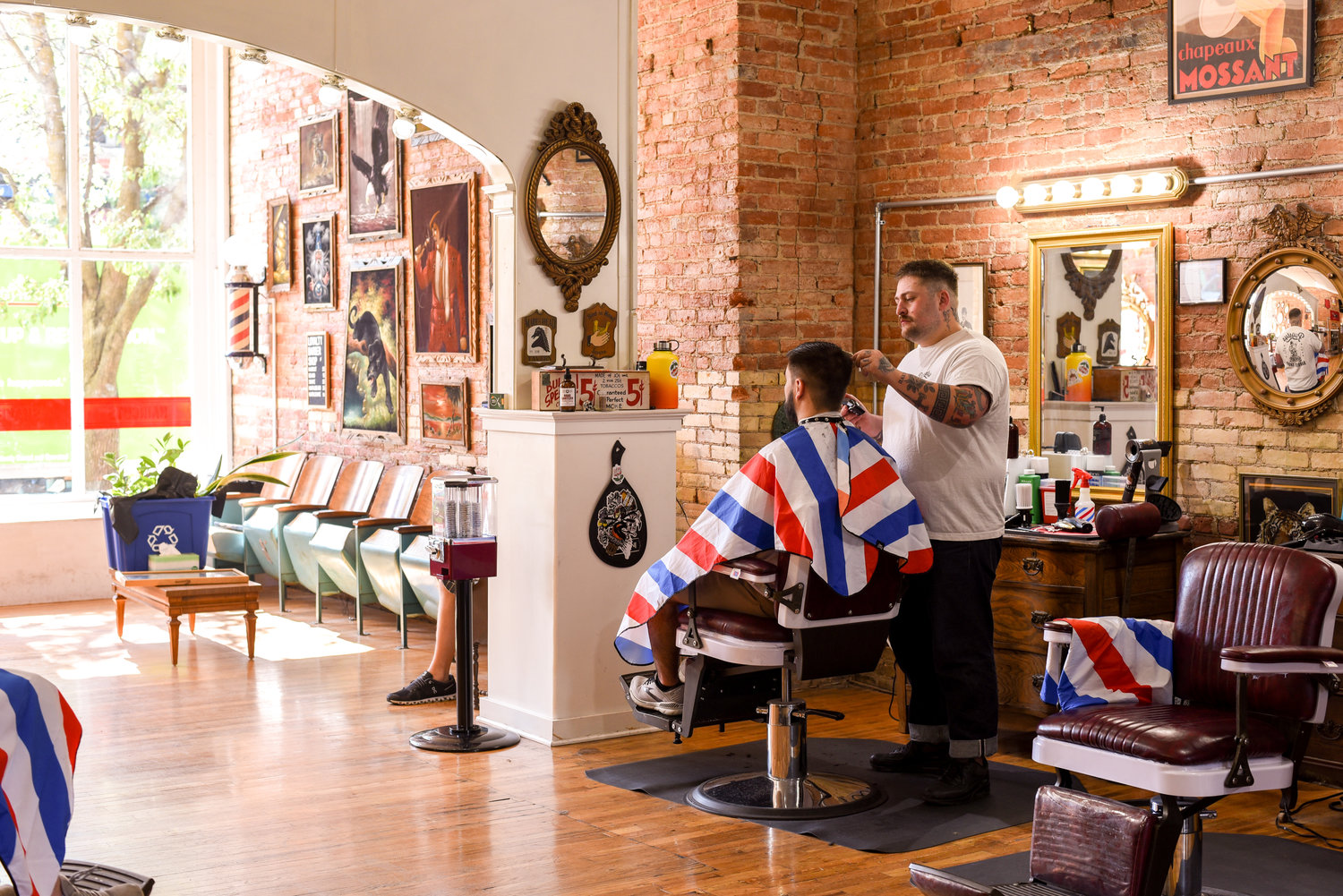While visiting a hair professional, having the ability to clearly communicate your ideal hairstyle is vital for reaching the desired appearance. A well-defined description enables the stylist understand your vision and minimizes the chances of misunderstanding. To ensure that you get the haircut you want, it is necessary to get ready in advance and think about several critical factors when expressing your style goals. These factors comprise hair cut, texture, style, and any specific elements that you would like to incorporate.
Firstly, consider the length of your hair. Haircuts can range from very short styles like pixies to long layers that fall below the shoulders. It is helpful to specify whether you want a trim, a significant cut, or a complete transformation. Using precise terms such as "shoulder-length" or "mid-back" can provide clarity. Additionally, discussing the possibility of bangs or layers helps the stylist visualize your request more accurately. Being clear about how much length you wish to maintain or remove will significantly influence the outcome of your haircut.
Next, hair texture plays a key role in determining how a style will look. Various textures—such as straight, rippled, ringlet-filled, or kinky—react differently to specific styles. When describing your preferred haircut, it is essential to mention your hair's inherent structure and whether you intend to use any hair tools or products. For example, if you have thick strands, you may want to sophisticated haircuts ask for thinning techniques to reduce bulkiness. Alternatively, if your hair is thin, you might seek texturizing that add volume. This information enables the stylist to customize the cut based on how your hair responds.

In addition to length and texture, sharing the general style you want can provide direction for the stylist. There are numerous hairstyles to select, including timeless styles like bobs and modern options like angled cuts. It is helpful to provide references of looks that appeal to you—these could be images from print media or online portfolios. Highlighting specific elements such as soft edges, sharp lines, or stacked layering can assist in conveying your idea more clearly. This ensures that both you and your hair expert are on the same understanding regarding style direction.
Lastly, don't neglect to mention any unique features that might elevate your hairstyle. This could include aspects such as facial structure or personal style preferences that influence the final look. For instance, those with round faces might lean toward gentle contours to lengthen their profile, while individuals with angular face shapes may choose softer layers to diminish their jawline. Furthermore, talking about color options can also be part of this conversation; specifying if you want highlights or a solid color can better shape your ideal haircut.
In conclusion, successfully communicating your desired style requires careful evaluation of several key factors: hair length, hair type, natural hairstyles look, and distinct traits. By preparing in ahead of time and being specific about these aspects, individuals can significantly improve their experience at the studio and increase the likelihood of leaving with a result they love. A productive consultation with a hair professional is built on clear communication and shared expectations. This collaborative approach guarantees that both client and stylist collaborate towards achieving the perfect look.